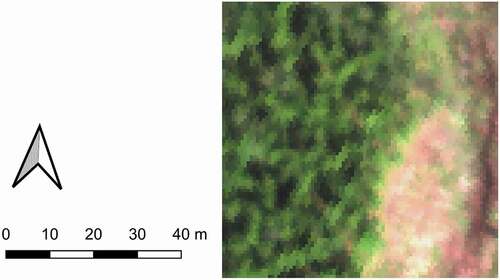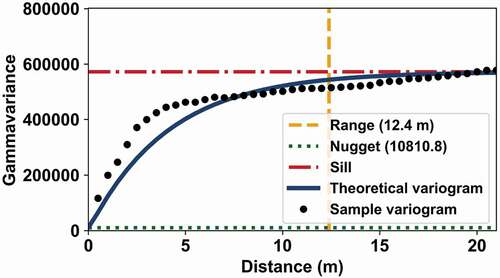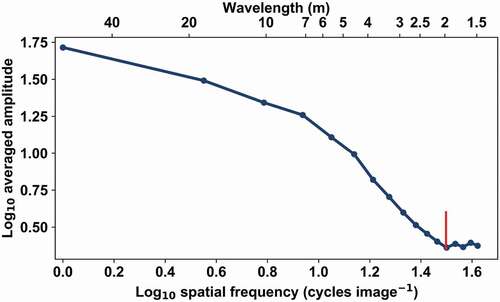Figures & data
Figure 1. Map of Finland and its boreal forest vegetation zones. Our study site is located in the vicinity of Hyytiälä forestry field station (61°50'44”N, 24°17'10”E) in the southern boreal forest zone.
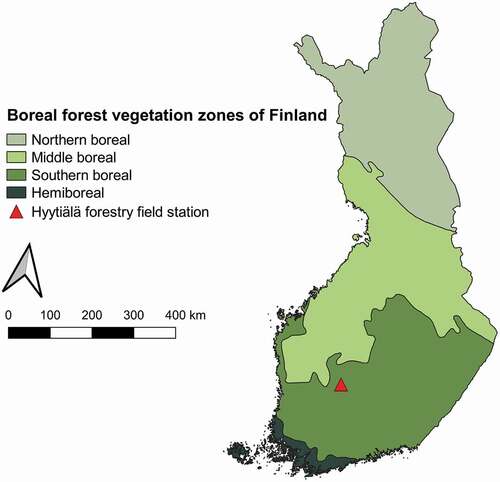
Table 1. Forest data for the test areas. The main tree species is indicated by the name of the test area. The coordinates in the centre point column correspond approximately to the centre of each test area
Figure 2. The hyperspectral AISA image was used to determine suitable forest areas for our test areas, which had a size of .
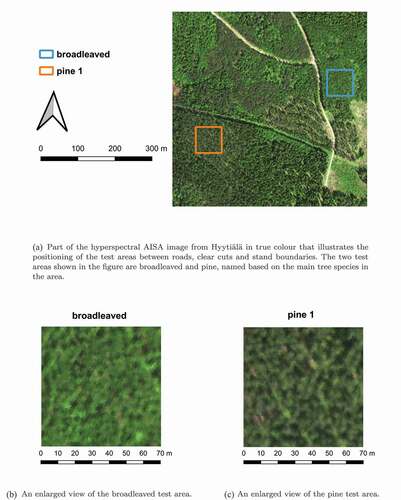
Table 2. The values of the canopy spectral variables for the two scenarios used in the Monte Carlo simulations. The used wavelength was 835 nm
Figure 3. Flowchart of the used methodology. The same methods were also used for the simulated images.
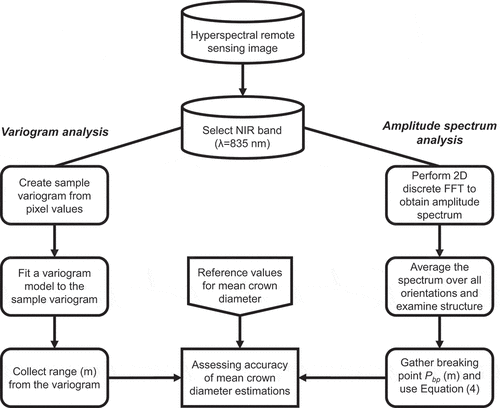
Figure 5. Relationships between the allometric mean crown diameters of the test areas and the estimations from (a) variogram and (b) amplitude spectrum analyses. The metrics used in the graphs are Pearson correlation coefficient (r), root-mean-square error (RMSE), and relative root-mean-square error (rRMSE).
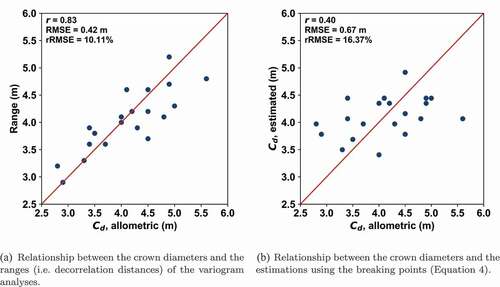
Figure 6. Averaged amplitude spectrum of measured reflectance (λ = 835 nm) for the test area ‘spruce 6’ in log-log coordinates. The red line corresponds to the visually located breaking point at 2.35 m.
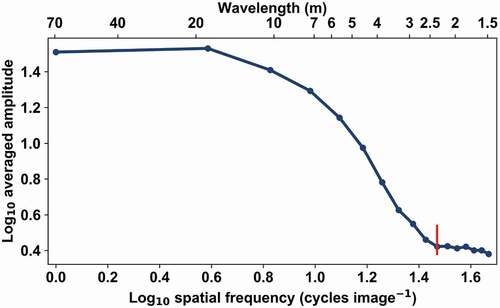
Table 3. Connection between the absolute estimation errors of the variogram analyses and the forest characteristics of our test areas ()
Figure 7. Monte Carlo simulated forest of Plot 1 (‘realistic’ scenario). The simulated forest can be seen at the centre of the image with spatial dimensions of 70 m 70 m. Measured reflectance data by the hyperspectral AISA imager was used as visualisation on the background. The used wavelength for the spectral data was 835 nm. Note that we used birch leaf spectrum for all modelled trees, whilst most of the real trees in the AISA image are conifers with lower 835 nm reflectance. We also traced
photons to ensure low Monte Carlo noise in the images.
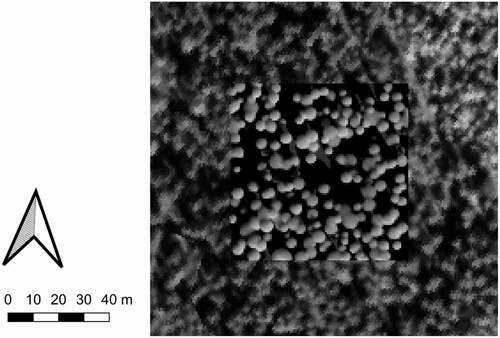
Table 4. Ranges of the variograms of the simulated forest images. ‘Ideal’ and ‘realistic’ describe the used simulation scenarios ()
Figure 8. Averaged amplitude spectrum of simulated reflectance for ideal ‘Plot 4’. The spectrum does not show any clear structure in the high frequencies. The estimation accuracy for the mean crown diameter using variogram was 0.0 m for the same simulated image ().
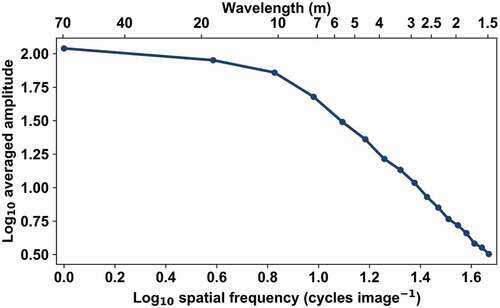
Figure A1. One of the additional test regions, which were used to test the hypothesis. Mean crown diameter for the forested area was 3.6 m.
